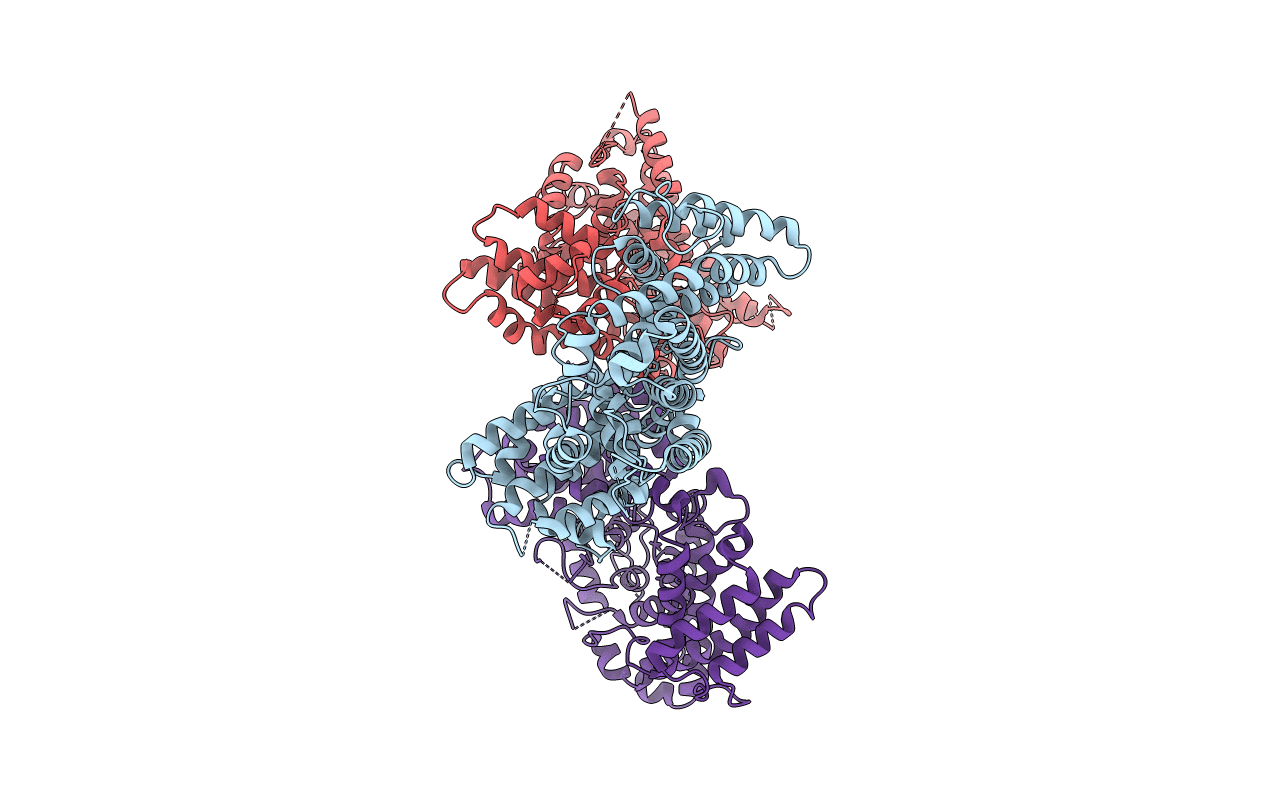
Deposition Date
2021-11-19
Release Date
2022-03-23
Last Version Date
2023-11-29
Entry Detail
PDB ID:
7W1F
Keywords:
Title:
Crystal structure of the dNTP triphosphohydrolase PA1124 from Pseudomonas aeruginosa
Biological Source:
Source Organism:
Pseudomonas aeruginosa (Taxon ID: 287)
Host Organism:
Method Details:
Experimental Method:
Resolution:
2.90 Å
R-Value Free:
0.27
R-Value Work:
0.23
R-Value Observed:
0.23
Space Group:
P 21 21 2


